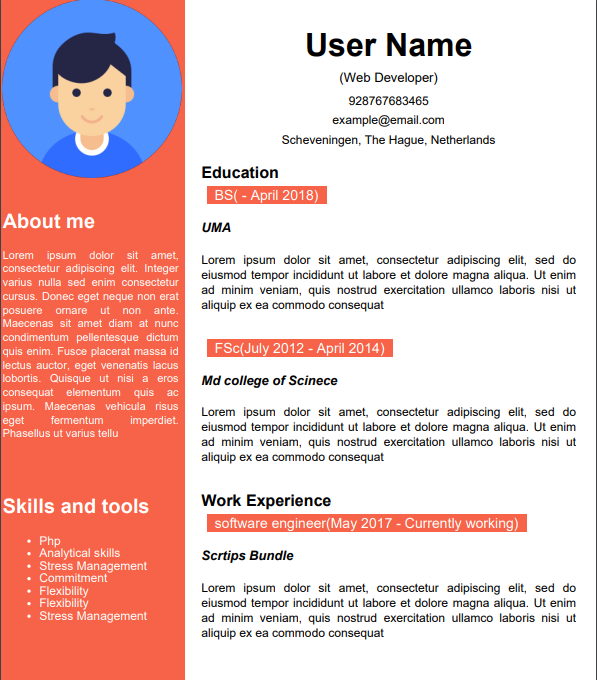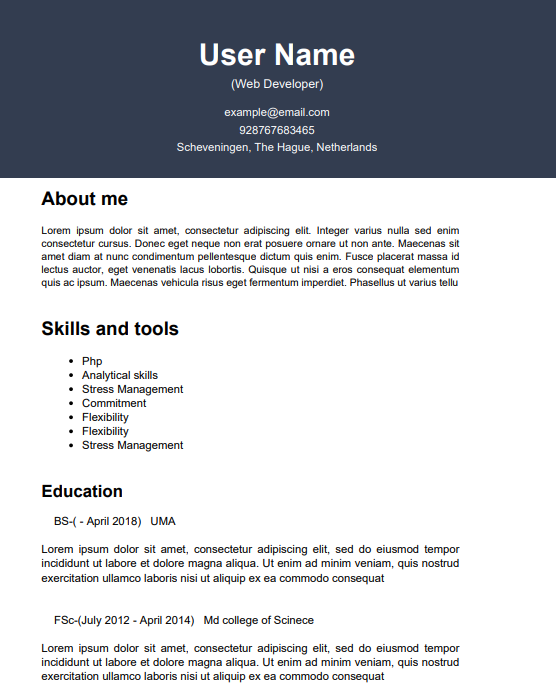Jobs4football Meets Dimitrios Mitsis
Dimitrios Mitsis is a UEFA B licensed coach who has carved a niche for himself in youth coaching, demonstrating an unwavering commitment to nurturing young talent and integrating them into the first team. His extensive experience and unique coaching philosophy have made him a respected figure in the football community.
Dimitrios’ approach to coaching is as dynamic as the game itself. He believes in creating an enjoyable and interactive learning experience, tailored to each age group. His coaching style varies depending on the specific training objectives, often employing guided discovery methods when introducing new topics to a team. Central to his approach is ensuring that players have ample exposure to the ball during training sessions, avoiding a one-sided lecture format and instead incorporating conditioned games. His focus on effective communication and creating an environment where players feel empowered to learn, experiment, and showcase their abilities has been instrumental in fostering a dynamic environment within his team.
In the following Jobs4football meets, Dimitrios delves deeper into his coaching philosophy, his commitment to developing young talent, and his process for identifying and nurturing young players.
Q: You have a UEFA B License and extensive experience coaching youth players. How would you describe your coaching philosophy and how do you adapt it for different age groups and skill levels?
A: In my view, coaching should be an enjoyable and interactive learning experience tailored to each age group. I employ a diverse range of teaching and coaching styles, depending on the specific training objectives. For instance, when introducing new topics to a team, I often utilise guided discovery methods.
Central to my approach is ensuring that players have ample exposure to the ball during training sessions. I avoid a one-sided lecture format, preferring instead to incorporate conditioned games that modify aspects such as pitch size, shape, or touch limitations.
Effective communication is key, and I strive to employ various methods to engage with players. I prioritize creating an environment where players feel empowered to learn, experiment, and showcase their abilities.
Currently, I’m proud of the dynamic environment within my team, supported by a strong coaching staff and experienced players, some of whom have professional backgrounds. This setup has facilitated both team growth and the smooth transition of players from youth to first-team football.
It’s important to note that my approach differs between coaching adult and youth teams. With the first team, our focus is on achieving optimal performance, whereas with youth players, development always takes precedence.
Q:You talk about your commitment to developing young talent and integrating them into the first team. Can you elaborate on your process for identifying and nurturing young players?
A: As I mentioned, having the right coaching team and experienced players is crucial for integrating young players. Additionally, I make a concerted effort to develop and maintain positive, equitable relationships with the youth coordinator and coaches. It’s essential to consistently remind them of our collective success when a young player earns the opportunity to wear the first-team jersey.
Identifying talent is pivotal, and I heavily rely on feedback from youth coaches and the coordinator, along with my own observations and video analysis of youth games. However, I believe the most significant factor is the player’s personality. I assess this through direct discussions and observing their reactions, particularly when they train with the first team. When I notice that young players, in addition to their talent, are willing to step out of their age group’s comfort zone, it’s time to gradually entrust them with more responsibility and playing time.
During games, I aim to pair them with a player who excels in communication, allowing them to receive guidance on the field. Naturally, mistakes will occur, but in football, resilience and support are crucial. We must be prepared to stand by them through both triumphs and setbacks.
Q: You have experience with various coaching methodologies. How do you incorporate different approaches into your training sessions to maximize player development?
A: Utilising my coaching team is vital to achieving this balance. I aim to prevent training from becoming monotonous by delegating specific aspects to different members of my coaching staff. For example, we incorporate video analysis into our sessions and benefit from the expertise of a dedicated fitness coach who focuses on strength, conditioning, and endurance. Meanwhile, my assistant coach takes charge of technical drills, allowing me to concentrate on tactical aspects.
Variety is key to keeping training sessions engaging for the players, with a primary emphasis on keeping the ball in play. When planning sessions, I prioritize striking a balance between intensity and volume, particularly in the context of long-term planning. This approach has proven effective in minimizing the risk of muscle injuries among our players.
Q: As Head Coach of SV Dessau 05, you manage the first team and oversee the youth teams. How do you delegate responsibilities and ensure effective communication across all levels of the club?
A: I consider myself extremely fortunate to work alongside an outstanding youth coordinator who shares our vision and is dedicated to promoting players to the first team. Over the past two years, we’ve seen more than 10 players from our youth system make appearances for the first team. While not all of them received equal playing time, this achievement reflects the effectiveness of our approach.
Regular communication with the under-19 and under-17 coaches is essential for identifying upcoming talent. We make a concerted effort to meet every two months for coaches’ evenings, during which each coach presents a session with their team. This collaborative approach fosters a sense of trust and mutual respect, ensuring that our interactions are meaningful and productive. I greatly value their insights and expertise, knowing that their input plays a crucial role in our success.

Q: Describe a challenging situation you faced as a coach and how you handled it, demonstrating your leadership and problem-solving skills.
A: When I assumed leadership of the team in January 2022, we were facing a challenging situation. With only a one-point difference to secure a playoff spot and avoid further trouble, the team was depleted due to injuries and departures. My first training session saw only 12 players, including three from the under-19 squad.
Our immediate priority was to stabilize the team and instill basic defensive principles in our gameplay. We also made strategic transfers to bolster our squad. Through determined effort and perseverance, we managed to secure three consecutive victories, all of which were local derbies, securing our place in the playoffs.
During the playoffs, we seized the opportunity to provide valuable playing time to our young talents while simultaneously laying the groundwork for the next season. Although our playoff results were not outstanding, the experiences gained by our youngsters proved invaluable in shaping the team’s trajectory over the following two seasons.
Last year, we achieved a commendable fourth-place finish with 76 points in 38 games. Presently, we continue to perform strongly, consistently ranking among the top five teams in the league.
Q: You have experience managing budgets and working within the constraints of a semi-professional club. How do you prioritize resources and ensure the team’s needs are met?
A: Collaborating closely with our president and technical director, we strive to identify players who meet our team’s specific needs. My focus is always on finding individuals who will enhance the overall quality of the team. I have a preference for working with young talents, as they often offer not only a positive impact on the pitch but also present cost-effective options for our budget.
When considering potential transfers, I prioritize players who possess the potential to make a significant difference and also serve as positive influences on our younger players. However, navigating the transfer market can be complex, which is why I meticulously filter out potential transfers before making any decisions.
Q: Can you explain your tactical approach and how you adapt it based on the opponent and game situation?
A: I find great satisfaction when my team demonstrates the ability to “solve problems” during matches. Ideally, I prefer a fluid style of play that emphasizes positional rotation, enabling us to dynamically alter our formation with possession. Our approach emphasizes positivity, bravery, and forward-thinking football.
However, in our league, we often encounter formidable opponents, which necessitates adaptability. In such situations, we carefully assess the strengths and weaknesses of our opponents and adjust our pressing strategy accordingly. This may involve employing a high press or adopting a middle block to disrupt their play and exploit vulnerabilities.
Additionally, I place considerable importance on set pieces, recognizing their potential to significantly influence match outcomes. Accordingly, we maintain strong organizational structures for both defensive and offensive set-piece situations. This ensures that we are well-prepared to capitalize on opportunities and minimize risks in these critical moments of the game.
Q: Describe your process for scouting opponents and conducting match analysis. How do you use this information to prepare your team for upcoming games?
A: Navigating the challenges posed by our league isn’t always straightforward, but I’m committed to thoroughly researching each opponent. This involves sourcing video material, personally analysing games, and seeking scouting advice. My goal is to pinpoint weaknesses, study set-piece strategies and defensive structures, analyse formations in various phases of play, and understand the psychological dynamics between players and their direct opponents.
To further enhance our preparation, we make use of VEO camera technology and its analytical capabilities. This allows us to gain valuable insights into our team’s strengths and areas for improvement. While I aim to keep analysis sessions concise to avoid overwhelming the players, I ensure that we dedicate around 15-20 minutes each week to reviewing footage from our latest game. This may include highlighting key statistics, analysing heatmaps, and providing examples of tactical scenarios to deepen the team’s understanding.
Q: How do you measure and evaluate the success of your coaching methods and the team’s performance
A: In first-team football, the league table serves as a primary evaluation metric. Nevertheless, I consistently strive to delve deeper into our performance by analysing the quality of our chances relative to those of our opponents. This approach allows us to discern whether the outcome was influenced by factors such as luck or if there were clear reasons behind the result
Q: What are your long-term career goals as a football coach, and how do you see yourself contributing to the development of players and the sport in the future?
A: I’m always eager to enhance my skills and knowledge. Having had the opportunity to be involved in football in both Germany and England has provided me with invaluable experiences, especially compared to my time playing in the Greek amateur leagues.
During my Level 2 coaching course, one of my tutors from the FA pointed out that my greatest asset is my learning mentality, and I wholeheartedly agree. I am constantly seeking ways to improve, think innovatively, and stay abreast of the latest developments in the field. Obtaining the A license is a goal I am committed to achieving.
As for the players, my aim is to inspire them to reach their full potential. I strive to encourage them to become the best versions of themselves, pushing them to excel whenever possible.
As we wrap up this Q&A, we are left with a deeper understanding of the intricacies of football coaching and the pivotal role of a coach in shaping the future of young players. Mitsis’ insights serve as a reminder of the importance of nurturing talent and fostering a love for the sport.
Stay tuned for more insights and discussions in our upcoming posts. We look forward to bringing you more perspectives from the world of football coaching.

